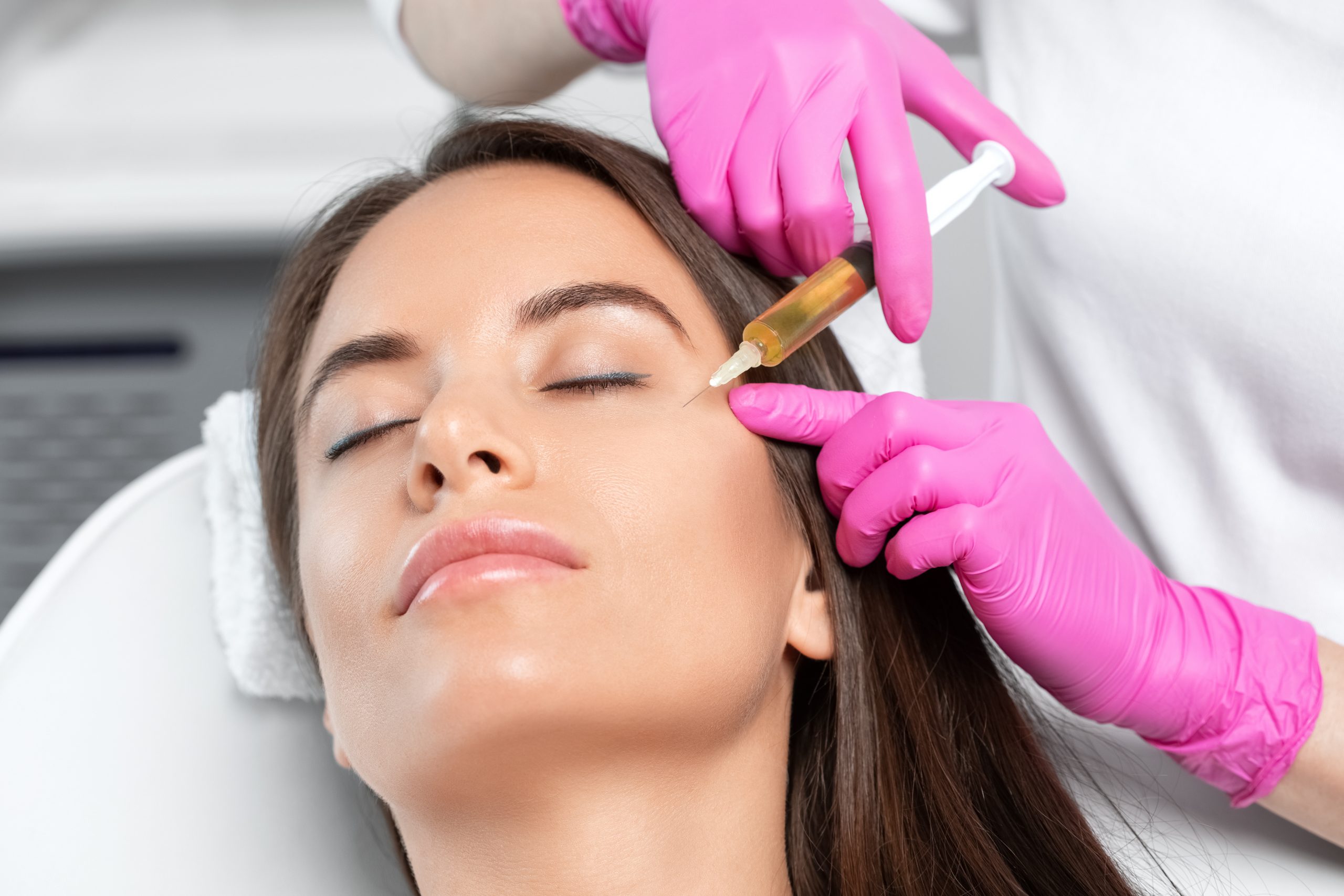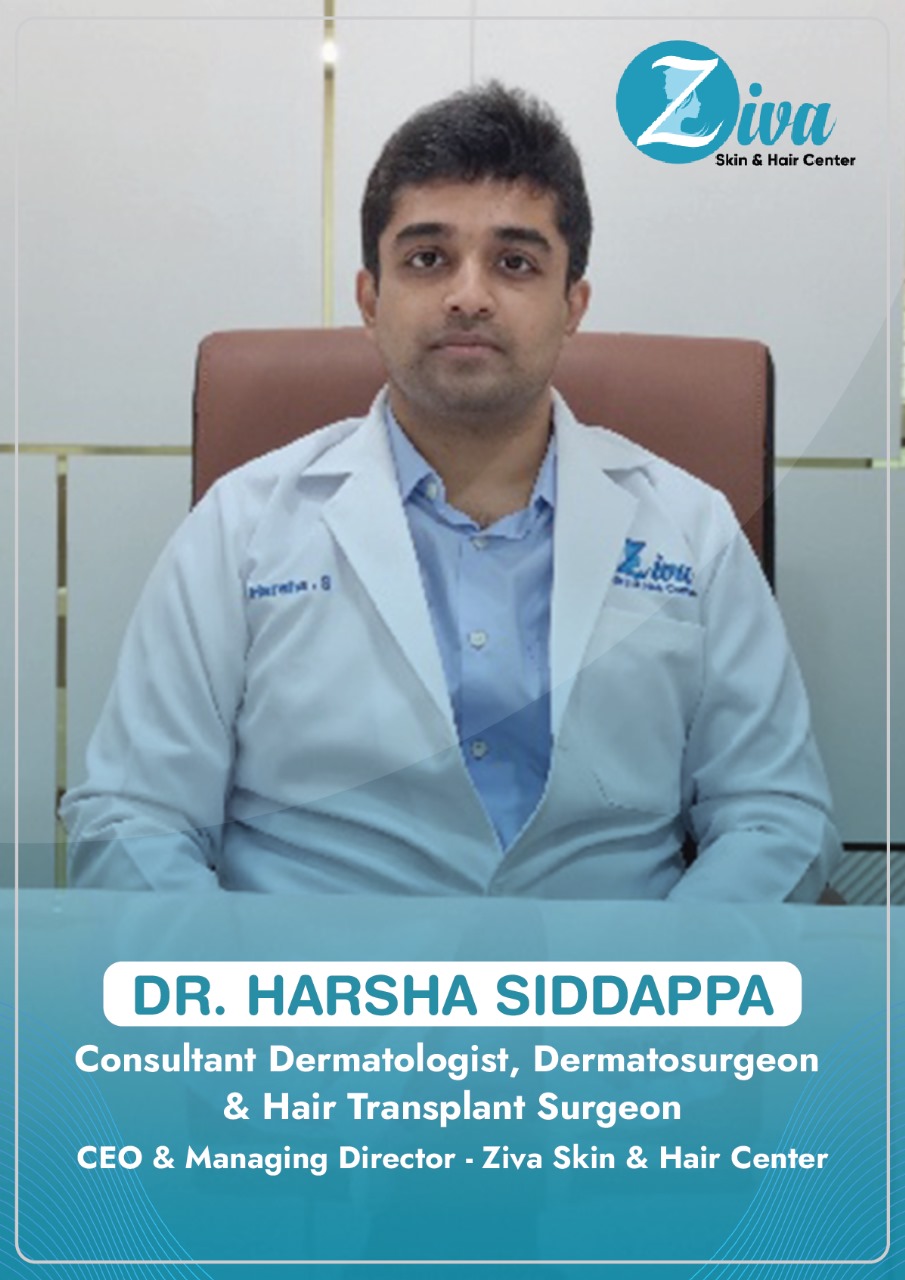PRP

A PRP (platelet-rich plasma) face lift is a non-surgical cosmetic procedure that uses a patient’s own blood to rejuvenate the face and improve its appearance. The procedure involves extracting a small amount of the patient’s blood, separating the platelets from the other components using a centrifuge, and then re-injecting the concentrated platelets back into the face.
The theory behind a PRP face lift is that the platelets in the plasma contain growth factors and other proteins that can stimulate collagen and elastin production, which are essential for healthy, youthful-looking skin. The treatment can help to reduce the appearance of fine lines and wrinkles, improve skin texture and tone, and promote a more youthful appearance overall.
A PRP Face Lift Is The Procedure Involves The Following Steps:
- Blood Draw: A small amount of the patient’s blood is drawn from their arm, typically between 2 to 4 teaspoons.
- Centrifugation: The blood sample is placed in a centrifuge, which spins at high speed to separate the plasma from the red and white blood cells. This process takes around 10-15 minutes.
- PRP Extraction: The plasma is extracted, and the platelets are concentrated to create a platelet-rich plasma (PRP) solution.
- Facial Treatment: The PRP solution is then injected into various areas of the face using a small needle. The treatment may also be combined with microneedling or other techniques to further enhance the results.
Anyone who wants to improve the appearance of their skin and is in good overall health may be a good candidate for PRP face lift. It can be particularly beneficial for individuals with fine lines, wrinkles, uneven skin texture, or age-related volume loss.
How Many Treatments Are Required?
The number of PRP face lift treatments required varies depending on the patient’s individual goals and the extent of their skin concerns. Some patients may see results after a single treatment, while others may require multiple treatments spaced several weeks apart.
How Is PRP Extracted?
PRP is extracted from the patient’s own blood through a process called centrifugation. A small sample of the patient’s blood is drawn and placed in a centrifuge, which separates the platelet-rich plasma from the other components of the blood.


